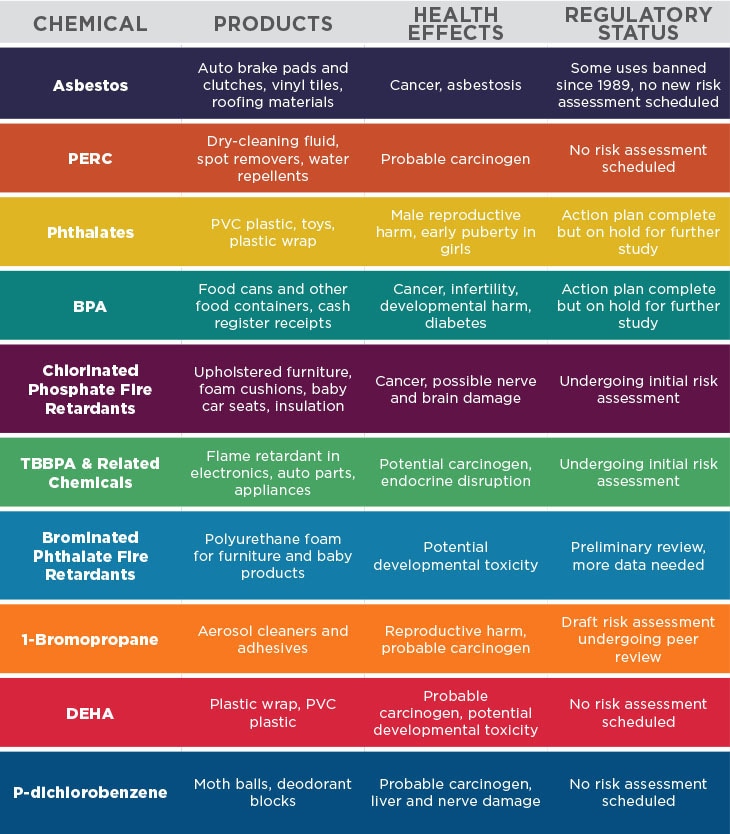|
Mission non-toxic began when I recently started doing a lot of research into solving my own health issues by listening to more health/wellness related Podcasts and reading articles/books regarding gut health, hormone health, and auto-immune disease. A recurring theme I kept hearing and reading was that not only are our health issues related to what we eat, but also by what we put on our bodies (skincare/toothpaste/shampoo/laundry detergent etc.) and toxic environmental factors (including cleaning products). Going non-toxic can seem a little overwhelming so I decided to put together this post with not only the reasons why I've become concerned and focused on transitioning towards a non-toxic lifestyle but also tips on where and how to start, some resources to narrow down what products are non-toxic, and products I'm using and loving thus far. Why Non-Toxic?High-Exposure & Toxicity of Commercial ProductsAccording to the Environmental Working Group, women use an average of twelve personal care products per day which can expose them to a daily average of 168 chemical ingredients. Men are a bit lower at six products but can still be exposed to 85 harmful ingredients. A survey by the National Institute of Occupational Safety and Health analyzed 2,983 chemicals in personal care and cleaning products and determined that: (1)
So, not only are we being exposed to an insane amount of toxins per day if using commercial products BUT we are allowed to because there is little to no regulation! Beauty Counter, a non-toxic skin care company states on their website that the United States has not passed a major federal law to regulate the safety of ingredients used in personal care products since 1938. WHAT!? That's 79 years ago!! Something else INSANE is Europe bans about 1,300 chemicals from cosmetics that can cause major health issues but the United States only bans 11.(2) If countries that don't suffer from nearly as many health issues are leading by example, why are we not following? Health IssuesSome of the chemicals used in commercial products (and food products) have been linked to serious health issues like cancer, auto-immune disease, hormone and endocrine disruption, leaky gut syndrome, and skin issues/irritation (eczema/psoriases/acne). Below is a table from Environmental Working Group listing just a few of the harmful chemicals and their negative health effects. A few other household toxins that could be problematic, listed by Dr. Josh Axe in his new book Eat Dirt are as follows:
Environmental FactorsGlobal Warming is a real thing and we are slowly killing our environment with toxins. Think about cleaning products for example, if your using toxic products, those are getting not only into the air but when you're cleaning your sink and toilet, into the water. Switching over to non-toxic products can help reduce your carbon footprint and can benefit the environment. If we all make little swaps, it can make a BIG difference. Where and How to StartEveryday Products | Check Toxicity RatingsI didn't in one day throw out every single product I owned then went out and bought new ones. This has been a slow transition and one that I'm still working on. Over a few weeks, I started with my every day uses like my soap, skin care, deodorant, and toothpaste. We forget that our skin is one of our largest organs and absorbs whatever it's exposed to, it's pretty much the same as eating it. I already was using non-toxic cleaning products but I did also switch over my laundry detergent, dishwasher detergent, and dish soap since those are things I also am constantly exposed to. Before tossing anything out, I checked my products to see what their ratings of toxicity were. Below are two great resources to do so.
ProductsSkincare
ShampooWell, that's it for now! There are a ton of non-toxic companies out there today, just do your research and look into the ingredients companies are using. Especially with skin care, stick with ingredients you can recognize. I hope you feel inspired to start your mission non-toxic, feel free to share your story and favorite products! References (1) Barry, R The Melaleuca Wellness Guide. Ed. Richard M. Barry. RM Barry Publications. 2011. (2) http://www.safecosmetics.org/get-the-facts/regulations/international-laws/
0 Comments
Leave a Reply. |
Categories |
Proudly powered by Weebly









